Table of Contents
Introduction to Makrut Lime Leaf
Learn how to use makrut lime leaf in your cooking with this step-by-step guide. Discover its unique flavor, best uses, and expert tips for maximum flavor. Whether you're making Thai Tom Yum soup, green curry, or other Southeast Asian dishes, makrut lime leaf is a key ingredient that adds a distinctive citrusy aroma and depth to your recipes.
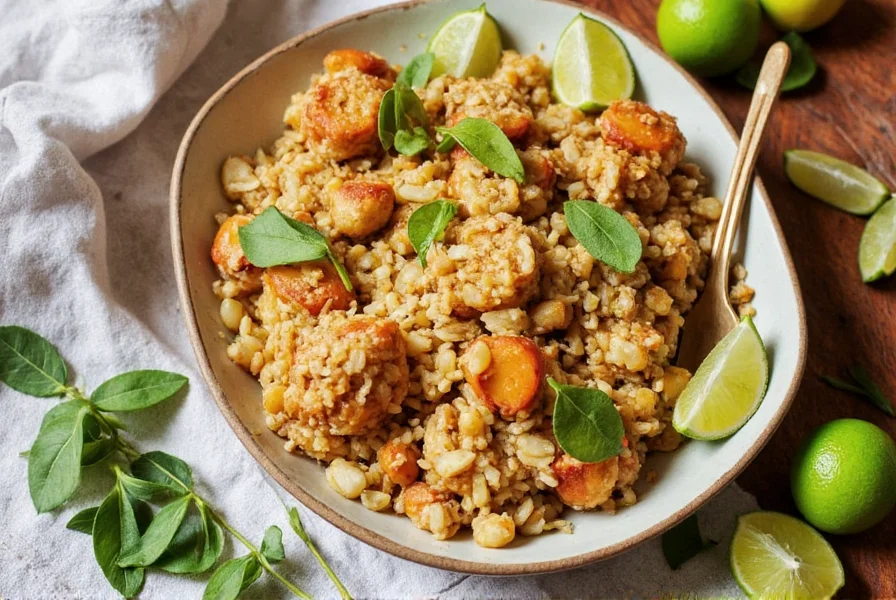
But what exactly makes makrut lime leaf so special? Let's dive into the details and discover how this leaf can transform your cooking experience.
Flavor Profile and Aroma
The makrut lime leaf has a unique combination of citrusy, floral, and slightly bitter notes. Its scent is sharp and zesty, reminiscent of lemongrass with a hint of lime. This makes it ideal for balancing rich, savory dishes and adding a refreshing twist to soups and sauces.
| Leaf | Flavor Profile | Common Use |
|---|---|---|
| Makrut Lime Leaf | Citrusy, floral, slightly bitter | Thai curries, soups, marinades |
| Lemongrass | Citrusy, herbal, slightly sweet | Thai soups, broths, grilled meats |
| Basil | Sweet, aromatic, peppery | Italian pasta, Thai green curry |
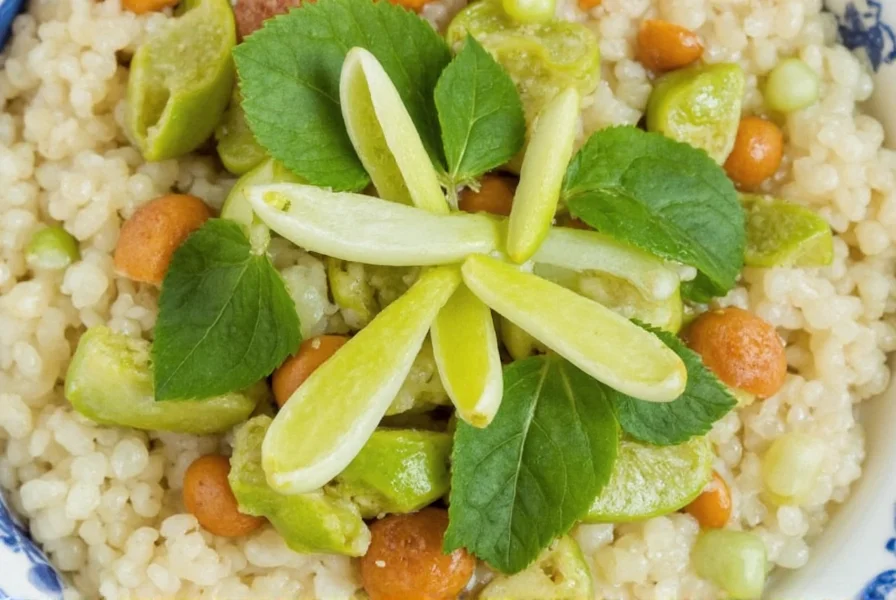
This leaf is often used in small quantities because its flavor is quite strong. A single leaf can make a big difference in your dish.
Culinary Uses and Popular Dishes
Makrut lime leaf is a key ingredient in many Southeast Asian recipes. Here are some popular dishes where it shines:
- Tom Yum Soup: Add 2-3 bruised leaves to the broth for authentic Thai flavor. Remove before serving.
- Green Curry: Bruise 2 leaves and simmer with coconut milk for 10 minutes before adding other ingredients.
- Pad Thai: Finely chop 1 leaf and sprinkle on top as garnish for fresh citrus notes.
- Curry Paste: Blend 2-3 leaves into your paste base for complex flavor depth.
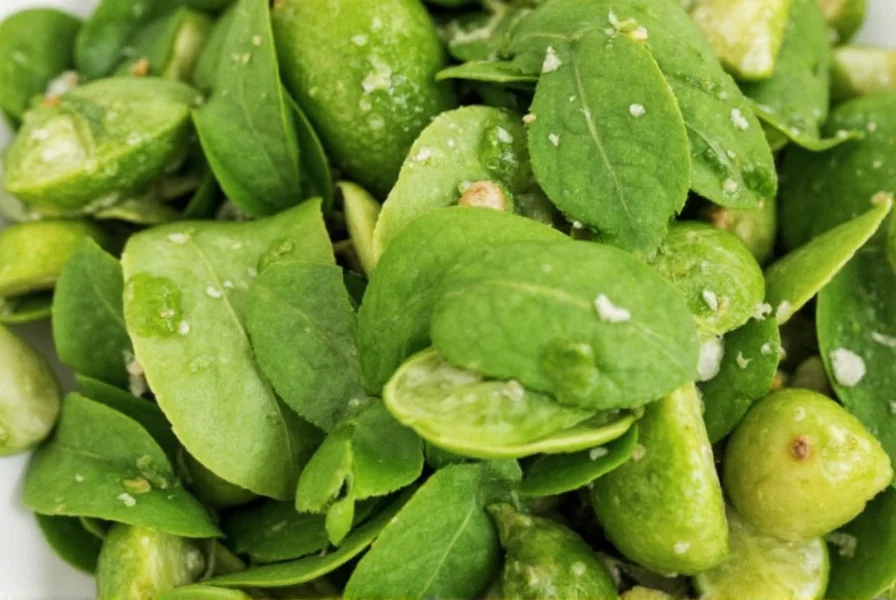
For a simple recipe:
Tom Yum Soup with Makrut Lime Leaf
Ingredients: 4 cups chicken broth, 2 stalks lemongrass (bruised), 2 makrut lime leaves (bruised), 1 tbsp fish sauce, 1 cup mushrooms, 1 lime (juiced), 1 tsp chili paste.
Instructions: Bring broth to boil, add lemongrass and lime leaves, simmer 10 minutes. Add mushrooms, fish sauce, chili paste. Simmer 5 more minutes. Remove leaves, stir in lime juice before serving.
Practical Tips for Using Makrut Lime Leaf
Whether you're a seasoned cook or just starting out, these tips will help you get the most out of your makrut lime leaf:
- Preparation Method: Wash leaves thoroughly. For soups and curries, bruise leaves by gently crushing them with your hands or mortar to release flavor compounds.
- Quantity Guide: Use 2-4 leaves per 4-6 servings. Start with fewer leaves and adjust to taste.
- Storage: Store fresh leaves in a sealed container in refrigerator for up to 1 week. Freeze in airtight bag for up to 6 months.
- Substitution: For 1 fresh leaf, use 1/2 tsp lime zest + 1 tsp lime juice. Note: flavor will differ slightly.
- Infused Oils: Steep 5 bruised leaves in 1 cup olive oil for 24 hours. Perfect for dressings or finishing dishes.
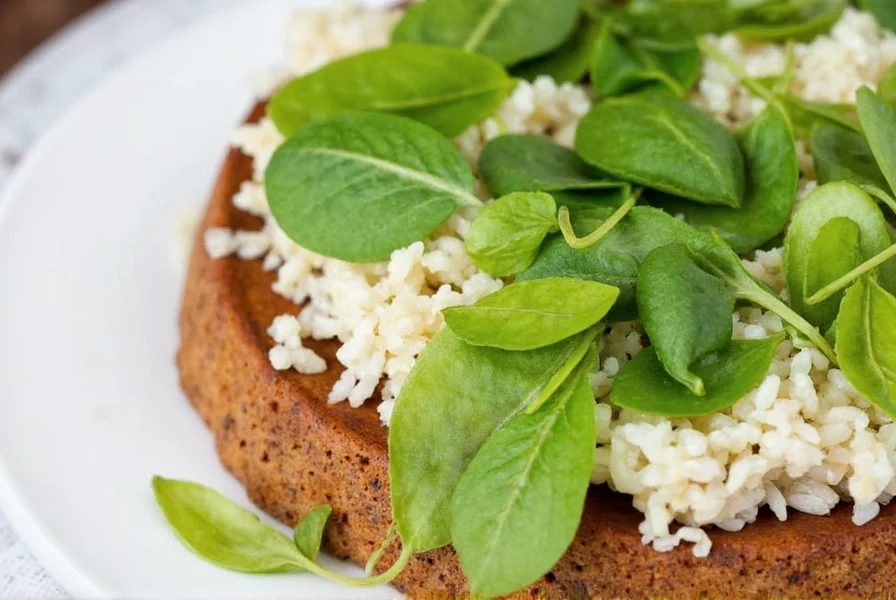
Remember: The goal is to enhance the dish, not overpower it. Let the leaf shine but don't let it steal the spotlight.
Buying Guide for Makrut Lime Leaf
When shopping for makrut lime leaf, consider the following factors to ensure you get the best quality:
1. Fresh vs. Dried
Choose fresh leaves for strongest flavor and aroma. Dried leaves are more convenient but may lack vibrancy. For best results, use fresh when possible.
2. Source and Origin
Look for leaves from Thailand, Indonesia, or Malaysia. Trusted suppliers include Asian grocery stores (Thai/Vietnamese markets), specialty spice shops, and reputable online retailers like Spice Jungle or Amazon Fresh.
3. Quality Check
Choose leaves that are vibrant green, free from brown spots or wilting. Fresh leaves should have strong citrus aroma when crushed. Dried leaves should be sealed in airtight packaging.
4. Use Cases
For soups and stews: Use whole leaves. For garnishes or infusions: Use finely chopped or bruised leaves. For curry pastes: Blend whole leaves into paste base.
5. Where to Buy
Local options: Thai/Vietnamese markets, specialty spice shops, farmers' markets. Online: Amazon Fresh (check reviews for freshness), Spice Jungle, or specialty Asian food retailers. Always check shipping times for fresh products.
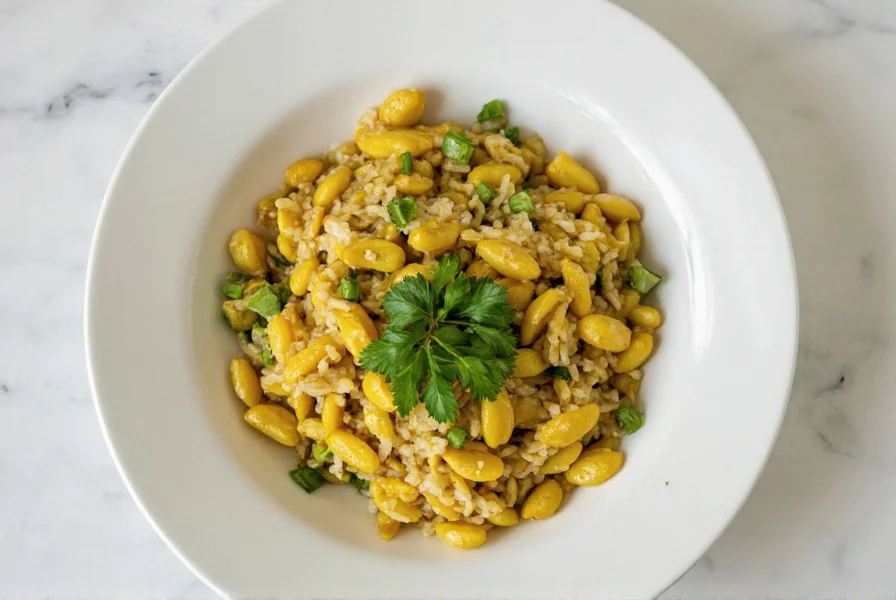
For online purchases, look for suppliers with high ratings and fast shipping to ensure freshness.
Frequently Asked Questions
What is the difference between makrut lime leaf and kaffir lime leaf?
They are the same leaf. "Kaffir" is considered a racial slur in some cultures, so the preferred term is now "makrut" lime leaf, which comes from the Thai name for the fruit.
Can I substitute makrut lime leaf with regular lime zest or juice?
While not a perfect substitute, you can use 1/2 teaspoon of lime zest plus a small squeeze of lime juice for each makrut lime leaf. However, the unique floral-citrus flavor won't be exactly the same.
Are makrut lime leaves edible?
The leaves are technically edible but are quite tough and bitter when cooked. They're usually added to dishes for flavor during cooking and then removed before serving, similar to bay leaves.
How many makrut lime leaves should I use in a dish?
For most recipes serving 4-6 people, 2-4 leaves are sufficient. Start with fewer leaves and adjust to your taste preference, as the flavor is quite potent.
Where can I buy makrut lime leaves?
You can find them at Asian grocery stores (especially Thai, Vietnamese, or Indonesian markets), specialty spice shops, farmers' markets, and online retailers like Amazon Fresh or Spice Jungle. Fresh leaves are best, but high-quality dried versions are also available.
How do I properly store makrut lime leaves?
Store fresh leaves in a sealed container in the refrigerator for up to one week. For longer storage, freeze them in an airtight bag for up to 6 months. Dried leaves should be kept in an airtight container away from light and heat.
Can I grow my own makrut lime tree?
Yes, makrut lime trees can be grown in containers or in the ground in warm climates (USDA zones 9-11). They need well-draining soil, regular watering, and plenty of sunlight. Container-grown trees can be brought indoors during cold weather.
Can I use makrut lime leaf in non-Asian dishes?
Yes! Try adding bruised leaves to fish dishes, roasted vegetables, or salad dressings for a unique citrus twist. It pairs well with chicken, shrimp, and even in cocktails.
How do I know if my makrut lime leaves are fresh?
Fresh leaves should be vibrant green, firm, and have a strong citrus aroma when crushed. Avoid leaves with brown spots, wilting, or dull color.
Conclusion
Makrut lime leaf is more than just a herb—it's a flavor powerhouse that can transform your cooking. From its vibrant aroma to its versatility in different dishes, this leaf has earned its place in kitchens around the world.
Whether you're making a traditional Thai dish or trying something new, incorporating makrut lime leaf into your recipes can bring a refreshing and zesty twist. So next time you're in the kitchen, don't forget to reach for this citrusy gem.
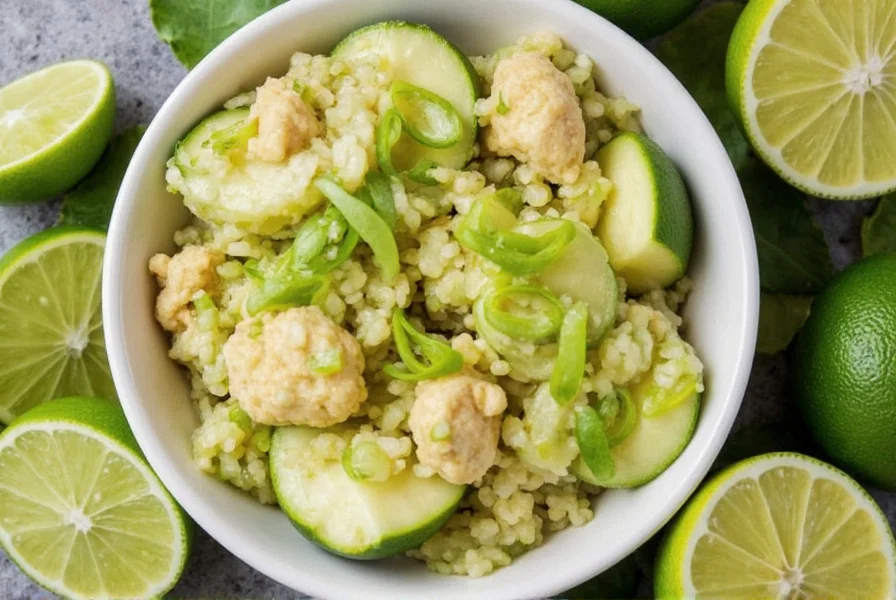
The next time you cook, remember: a single leaf can make all the difference. Happy cooking!

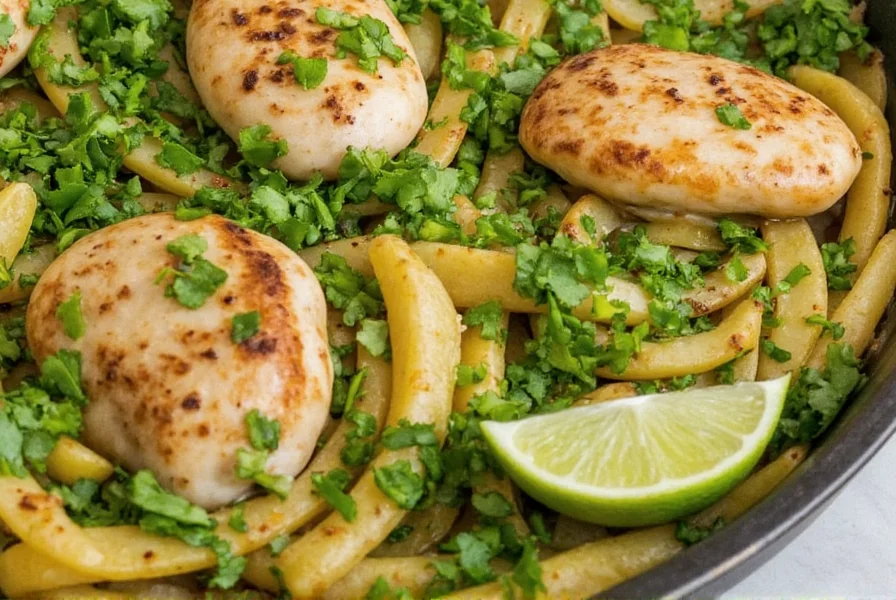









 浙公网安备
33010002000092号
浙公网安备
33010002000092号 浙B2-20120091-4
浙B2-20120091-4